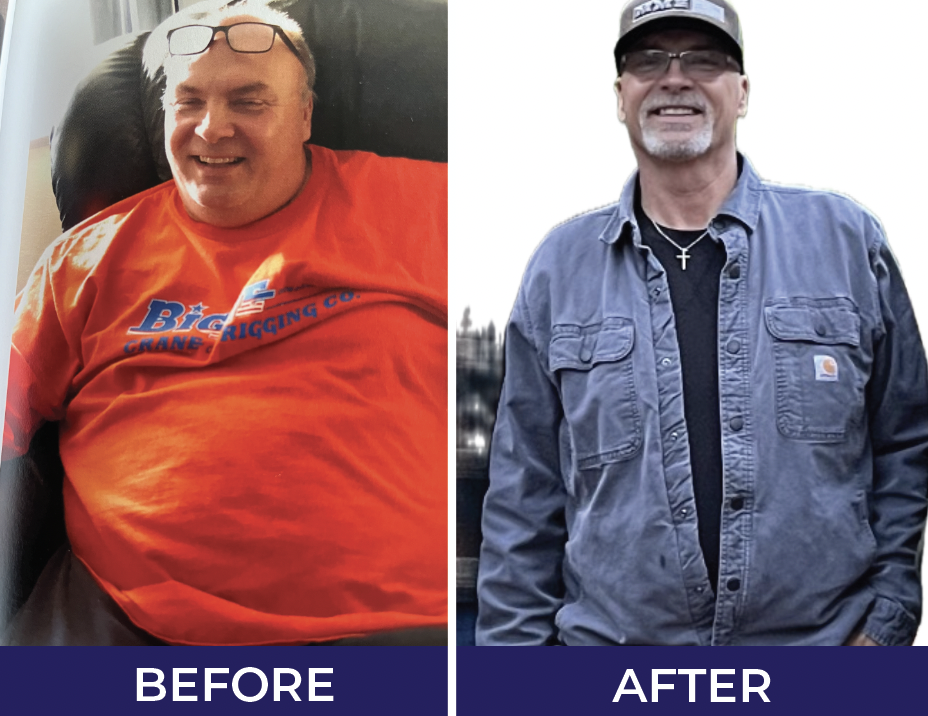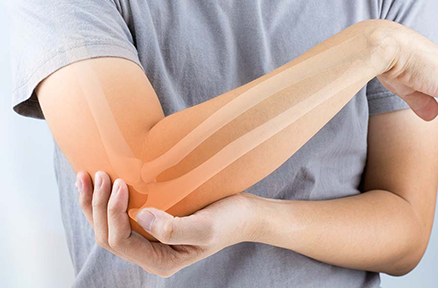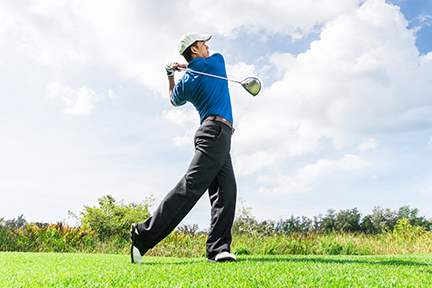Ho, Ho – hold on there! Make it a happier holiday season by staying out of orthopedic trouble while engaging in holiday-specific and cold-weather activities.
Winter sports injuries can make the holiday season anything but jolly. Whether you’re gearing up for New Year’s resolutions, stringing lights, skiing or traveling to wintery weather, all the physicians and staff at Golden State Orthopedics & Spine want everyone to have a safe and joyful season.
To that end, we’ve compiled tips to help patients avoid injury and stay healthy this winter. These fall into two categories: how to avoid injuries more likely to occur during the Hanukkah, Christmas, Kwanzaa and New Year’s holidays, and how to work out in the colder weather.
Avoiding holiday hazards
- Be careful when walking or running on icy pavement and snow or participating in winter sports. These activities have a higher risk of orthopedic injuries.
- When traveling, pack light and be careful when placing luggage in an overhead compartment.
- Use proper lifting techniques for luggage, holiday decorations or gifts. Bend at your knees and lift with your leg muscles (versus the back and waist). Avoid twisting or rotating your spine. Also, don’t try to lift or hang anything that is too heavy.
- When carving that roast or trimming garland, cut away from yourself and utilize dry, sharpened utensils. More tips on avoiding holiday cutting hazards.
- Decorate carefully. Follow the 4-to-1 rule for ladders: For every 4 feet the ladder rises, the bottom of the ladder should be 1 foot away from the wall. When stringing outdoor lights, utilize gutters for attaching them, and other clips when possible. If using nails, hold the nail with needle-nose pliers instead of your fingers. More tips on avoiding hand injuries.
- Falls are some of the most common holiday injuries. Keep hallways and pathways clear of clutter to help prevent tumbles. If you do fall, avoid bracing with the hands and instead roll onto the arm and shoulder as you go down.
Tips for winter workouts & conditioning
Follow our tips below for a winter-savvy outdoor workout that will help condition bones, muscles, and ligaments.
- Cold temperatures tighten your muscles, so do your core exercises and warm-ups inside: 20 squats, 20 heel raises, 10 lunges with each leg.
- Wear appropriate attire:
- Dress in layers, with a sweat-wicking garment next to your skin, and peel down as you warm up. Put your clothes on right out of the dryer for a toasty start.
- Wear a hat, gloves, and socks to protect your head, hands, and feet from releasing too much body heat, which will chill your muscles, bones and ligaments and make them susceptible to injury.
- Stay hydrated. Cold weather inhibits your thirst mechanism, so even if you don’t feel thirsty, stay hydrated to prevent cramping and early fatigue. Warm liquids can also help you stay warm.
- Ramp up workouts. Adjust to the cold weather by starting out the season with shorter workouts and gradually lengthening activity periods.
- After exercising, go back inside to cool down and stretch: target your calves, hamstrings, quads and hip flexors.
- To reduce the risk of a pulled muscle, match your activity level to the temperature. The colder the weather, the slower you should warm-up and the easier you should exercise.
- Properly gauge the temperature, including wind chill. If it’s too cold outside, go for a walk in an indoor mall or take a run on the treadmill.
- If you exercise in the cold for a long time, watch for any signs of hypothermia: dizziness, fatigue, increased breathing and heart rate, and poor judgment.
Happy Holidays from all of us at Golden State Orthopedics & Spine!



